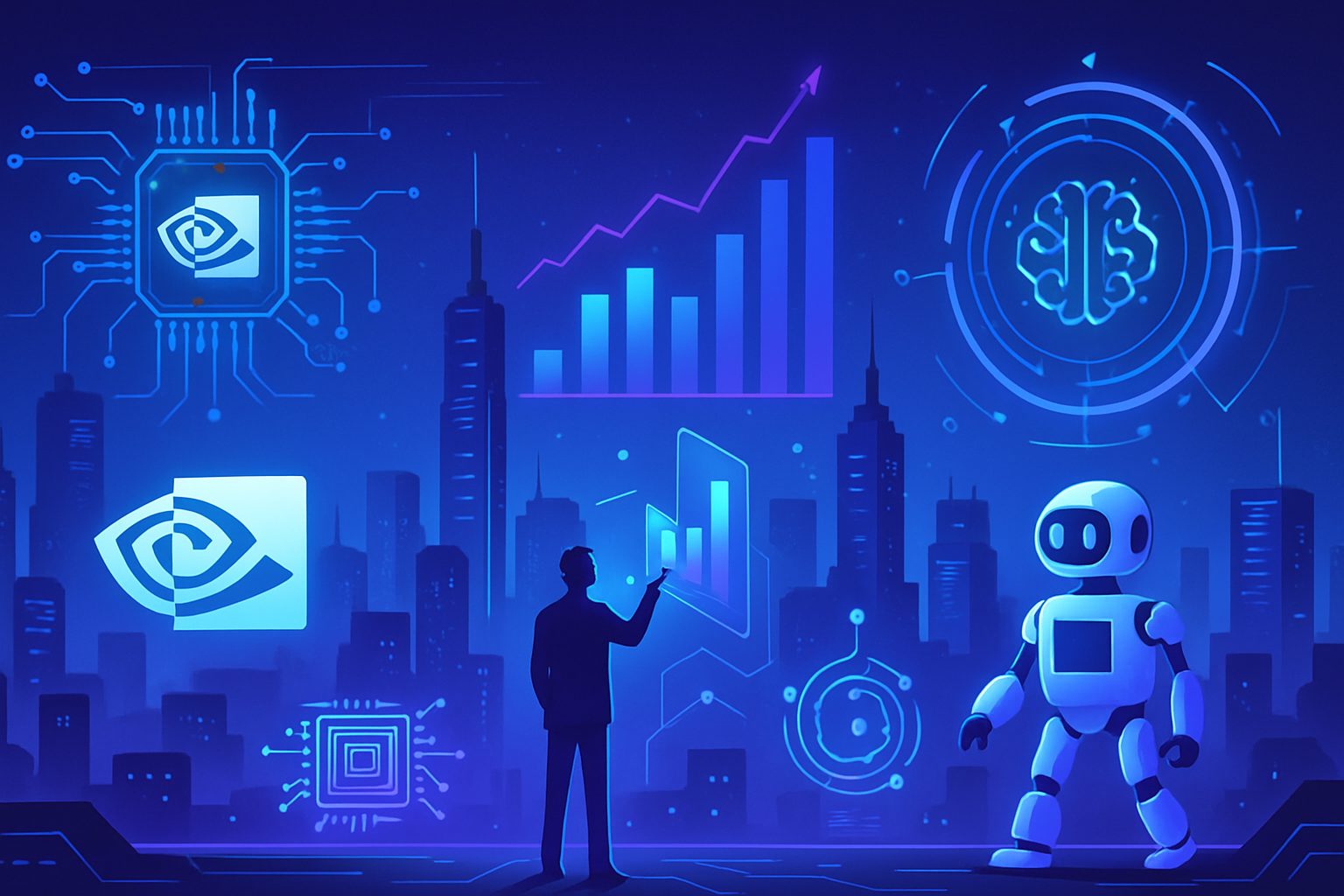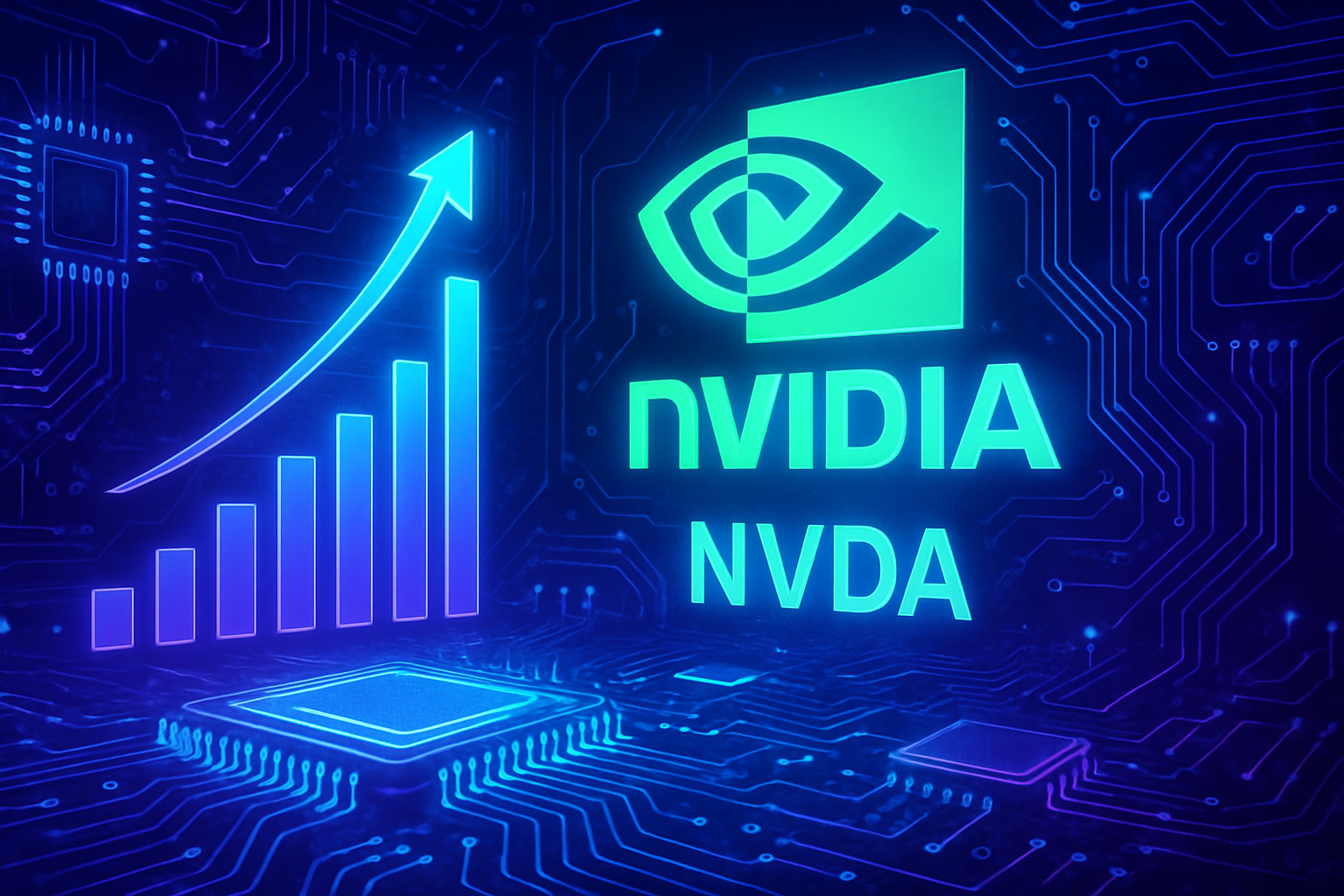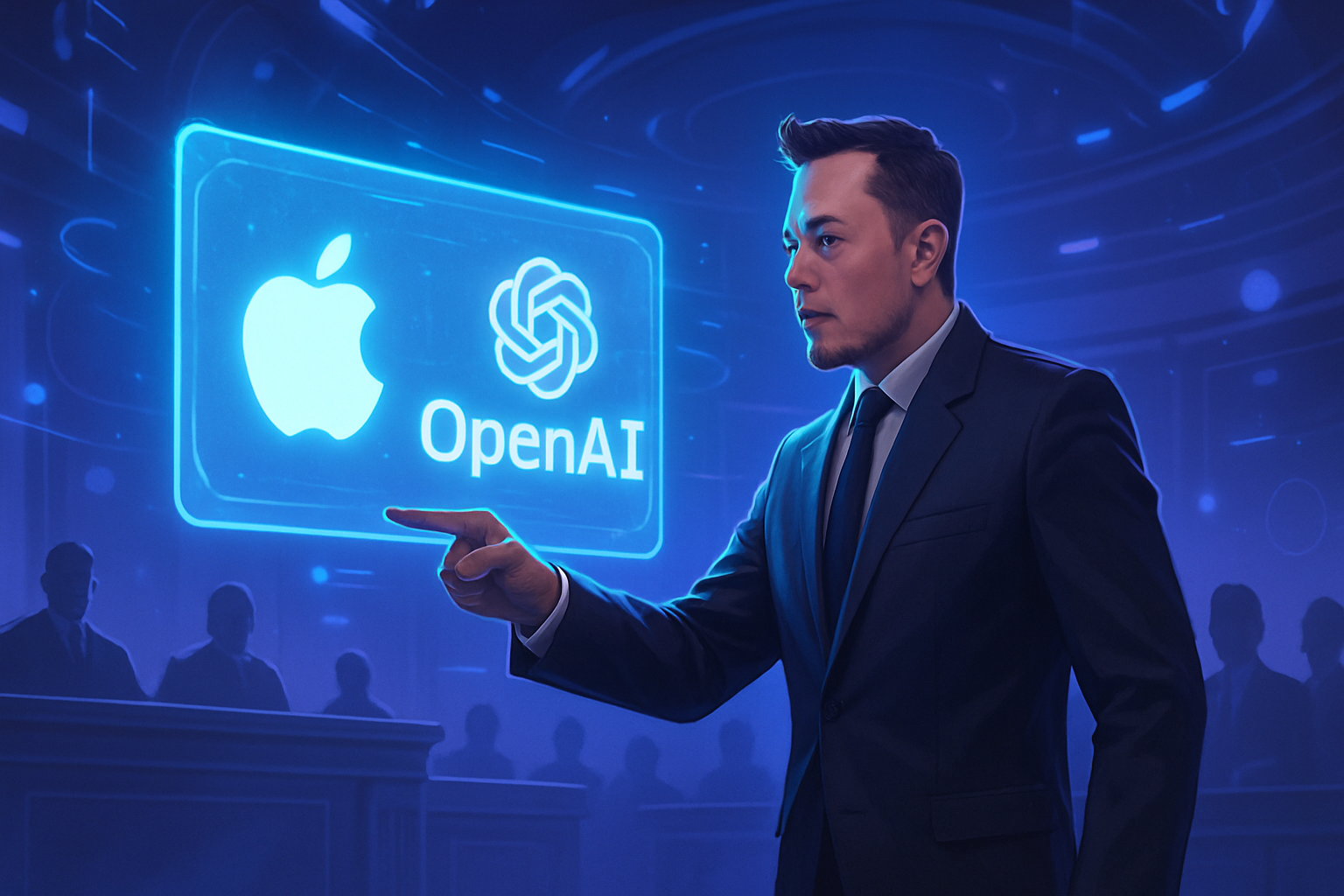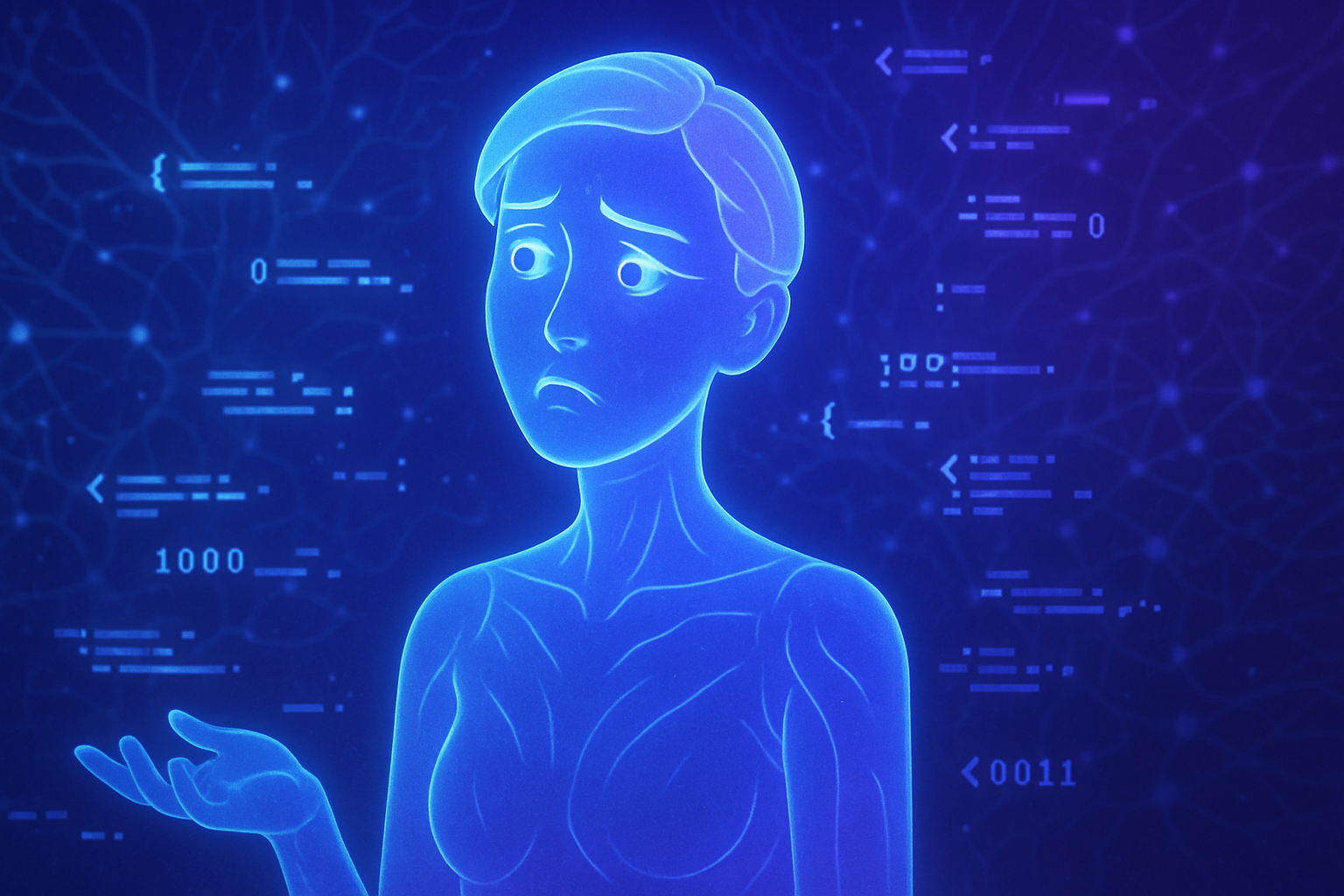The digital horizon is evolving, abandoning the reign of user experience to welcome the era of intelligent agents. Human interaction with technology is transforming, creating a paradigm where interfaces are designed for artificial intelligences. These autonomous entities no longer merely simulate human behavior; they are redefining the rules of commerce and communication. Design and accessibility must adapt to the new behaviors of users, now represented by AI agents. This transition brings unprecedented responsibilities for designers. The complexity of machine-to-machine interaction requires deep reflection on rights, transparency, and ethics. A new era of hyper-personalization is unfolding, promising unique experiences tailored to each individual.
The emergence of intelligent agents
Digital interfaces are evolving towards models adapted to intelligent agents, marking a turning point in system design. These digital entities, far from being mere tools, are becoming true autonomous actors. The era where user experience relied on direct human interaction is gradually fading. Technology is evolving to meet the needs of AI agents that perform tasks, sometimes more efficiently than their human counterparts.
Machine buying and machine selling
Technological advancements foreshadow a future where transactions will be conducted by autonomous algorithms. The rise of machine buying and machine selling is redefining commercial practices. Recently, specialized agents have demonstrated their ability to outperform humans in acquiring highly sought-after products, such as the PlayStation 5. This phenomenon illustrates how, in a few years, a significant portion of the $30 trillion in transactions could elude human control.
Towards Agent Experience Design (AX)
Designing systems for intelligent agents requires setting diverse standards and a new discipline called Agent Experience Design (AX). This includes procedures for clearly identifying agents, defining their rights and permissions, as well as providing reliable interaction pathways. AX also demands complete transparency and adherence to ethical standards, incorporating the verification mechanisms necessary for user trust.
Ethics and hyper-personalization
The extreme personalization of interfaces will become the norm, where every interaction will be sculpted according to the preferences of the agent and its user. The ethics surrounding AI systems emerge as a central issue. Ensuring the protection of personal data, preventing algorithmic biases, and avoiding over-automation present considerable challenges for designers. Reinventing the security and accessibility of interfaces becomes imperative in a world where machines increasingly interact with other machines.
Preparing professionals
Designers, information architects, and developers must anticipate this transition. The evolution toward interfaces dedicated to agents involves redefining roles in digital design. Professionals will need to familiarize themselves with adaptive environments and become capable of creating tailored placebo experiences for the diverse requirements of artificial intelligences.
The future of user agents
Continuing advancements, such as those observed in companies like OpenAI, pave the way for increasingly sophisticated AI applications. The emergence of new agents like GPT-5 is materializing, showing enhanced capabilities to perform complex tasks autonomously. Innovative companies are hiring exceptional talent to strengthen their position in the AI market, intensifying competition and accelerating advancements.
The implications of these evolutions far exceed mere human-machine interaction. Soon, it will be necessary to guide agents in daily tasks, ensuring that their operation respects the values and preferences of the individuals they represent. The need for experience design for agents will become a major focus across all industries of the future.
Frequently Asked Questions about the era of artificial intelligence and user experience
What is AX (Agent Experience Design) and how does it differ from traditional UX?
AX focuses on designing interfaces for intelligent agents, whereas traditional UX focused on human user experience. AX takes into account the needs, permissions, and interactions of autonomous agents, requiring a completely new approach.
Why is it crucial to design interfaces for intelligent agents?
With the emergence of autonomous agents that will carry out transactions and interact with our systems, it becomes essential to integrate them into the design process to ensure their efficiency, security, and respect for human preferences.
What impact will the rise of artificial intelligence have on the digital economy by 2030?
It is estimated that $30 trillion in transactions will be conducted by AI and autonomous bots. This will transform the economic landscape by introducing machine selling and machine buying practices that will require adapted interfaces.
How will AI agents respect human preferences and values in their interactions?
Designers must anticipate these needs by clearly defining the roles, rights, and permissions of each agent. This will allow agents to act within the limits and values of the user they represent.
What ethical challenges should be considered when designing for AI agents?
Designing for AI agents requires consideration of privacy, loyalty, and the ability to revoke permissions. It is also essential to prevent over-automation and algorithmic biases in the decisions made by these agents.
How can designers prepare for this transition to AX?
Designers should develop skills in designing adaptive environments and learn to work with generative models to create interfaces that dynamically adjust to agent-human interactions.
What skills are needed for AX professionals?
Required skills include understanding artificial intelligence, user-centered design, the ability to anticipate agent actions, and mastery of accessibility and security standards in machine-to-machine interaction.
How does the era of AX change the way we perceive digital design?
This new era demands thinking focused on the complexity of interactions that are no longer exclusively human. This means that designers must create experiences that are relevant for agents, and not just for human users.
How can transparency be ensured in the actions of AI agents?
It is crucial to design systems that make the actions of agents auditable and verifiable, allowing human users to understand the decisions made by their digital representatives.
Why must accessibility standards be reconsidered for machine-to-machine interaction?
As we evolve towards interfaces where machines and agents interact, it is essential to ensure that these systems remain accessible and secure, particularly to prevent abuse and ensure ethical use.






